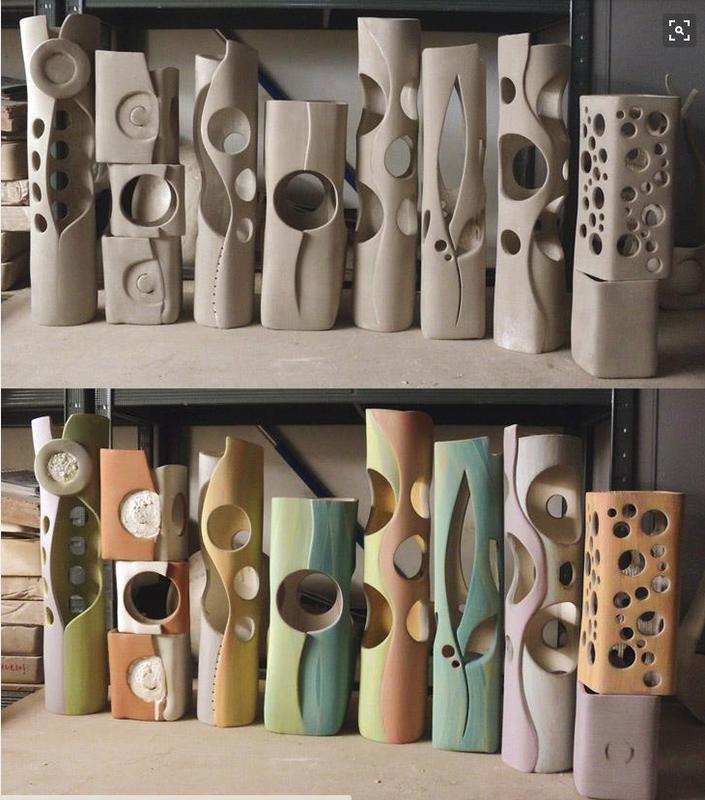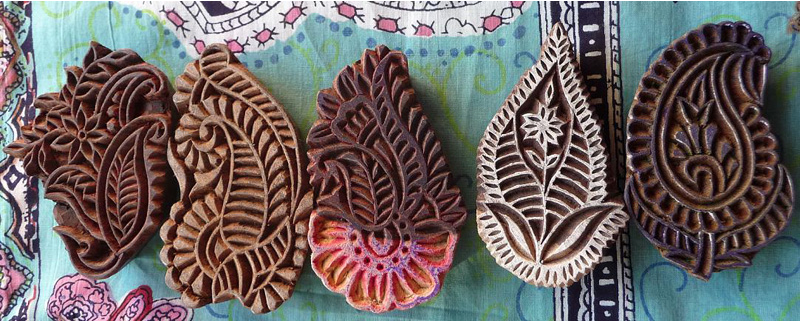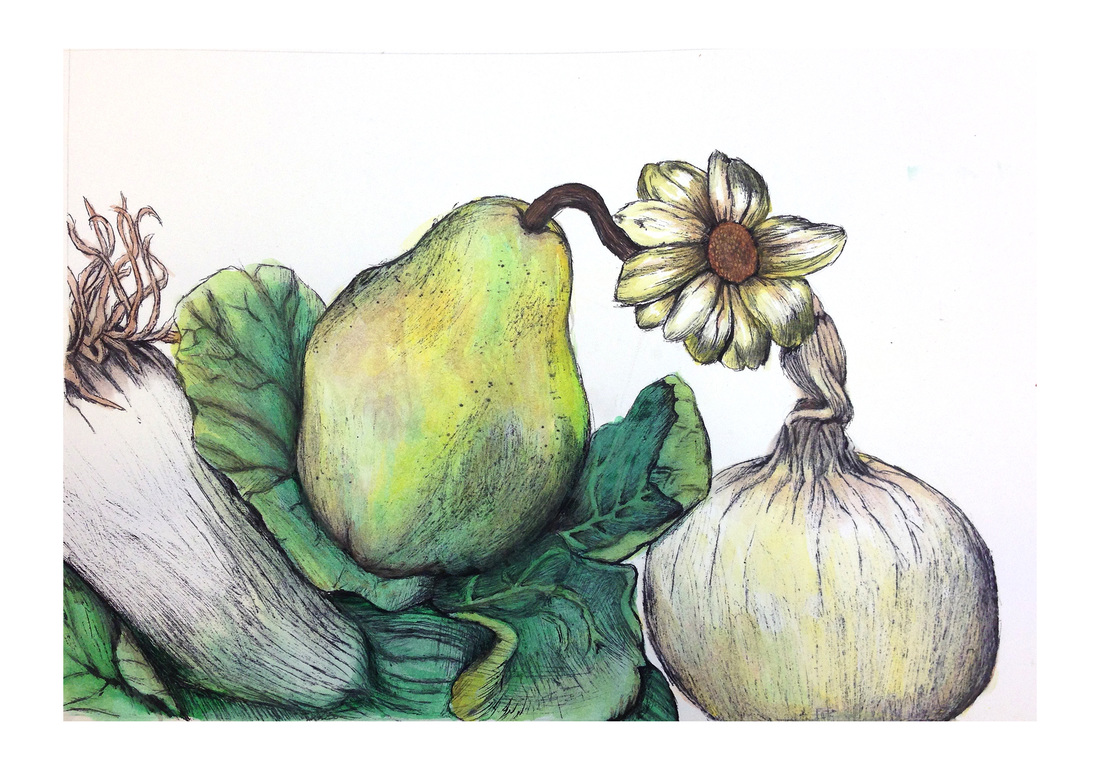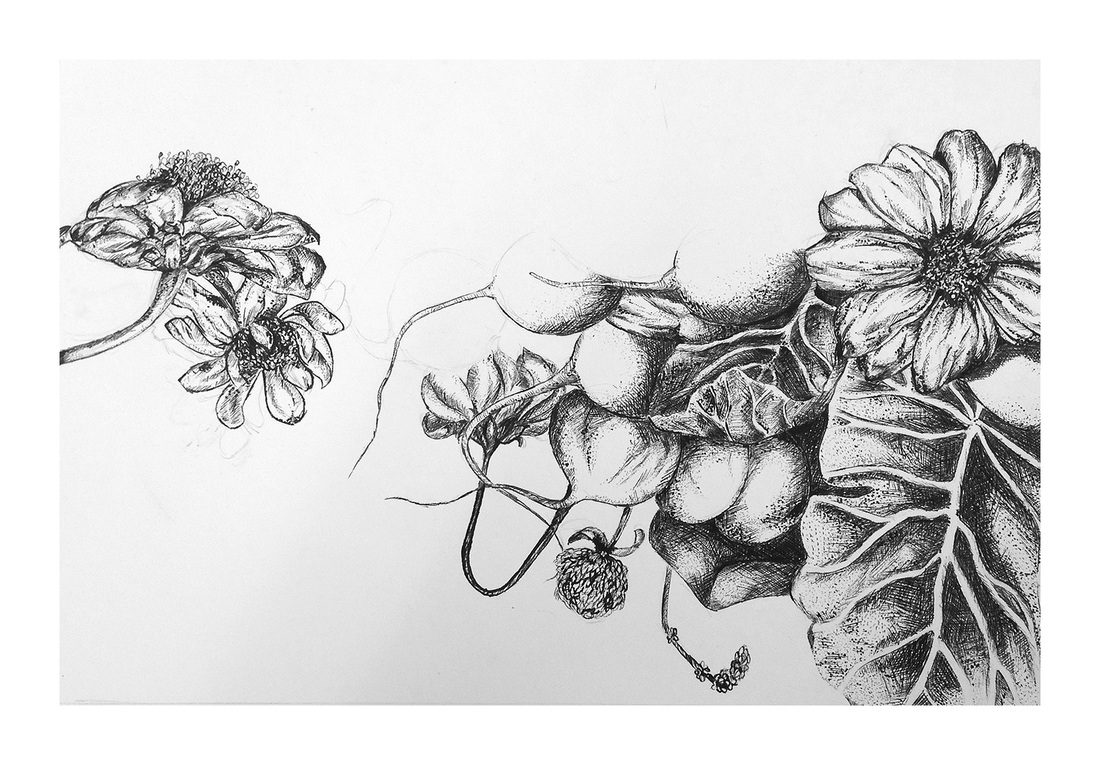| AP 3-D and Art 3-D, Level II students, Monday, 1-4-16 we will set up the back art room for ceramics and move the slab roller in. We will be creating a series of slab vessels using the reductive process. AP students will create a series of six vessels (9-12 inches tall, 3 inches diameter), and Level II students will create a series of three ( 6-8 inches tall, 3 inches diameter). I MUST APPROVE YOUR SKETCHBOOK DRAWINGS FOR ALL VESSELS BEFORE YOU GET CLAY. Solid matte underglaze on all. Don't forget to stuff these vessels with newspaper as they slow-dry; otherwise they will tilt. Also, bring in your own plastic bags to cover your artwork. This will help pieces dry slowly. You will remember that fast drying means a nasty crack. We are opening the art studio weekly for after-school work. I will post that date and time here this week. |
Copy the following five items onto a new document in your One Drive account. Label it Unity Assignment #1. Complete these prompts and drop into your AP Photo folder by Tuesday, 1-5-16 (1st period) or Wednesday, 1-6-16 (7th period).
1. Define unity.
2. Why would an artist want his or her artwork to have a sense of unity?
3. Using a dominant object is one way to achieve unity in an artwork. What does dominance mean when we are talking about art?
4. What do you think a subordinate object would be in an artwork?
5. Choose one of your 20 Circles assignment photos that is a good example of unity by dominant object. Paste it onto this document and describe what unifies the photo.
This week's photo assignment: What is a vanishing point? Be able to tell me what a vanishing point is when I give you an individual oral quiz (like the types of balance quizzes we had). Shoot a new, very creative photo with a clear vanishing point. Upload to One Drive by Thursday, 1-7-16 (1st period and 7th period).
ALSO, SKETCHBOOK DUE FRIDAY. WORK ON IT FOR HOMEWORK.




